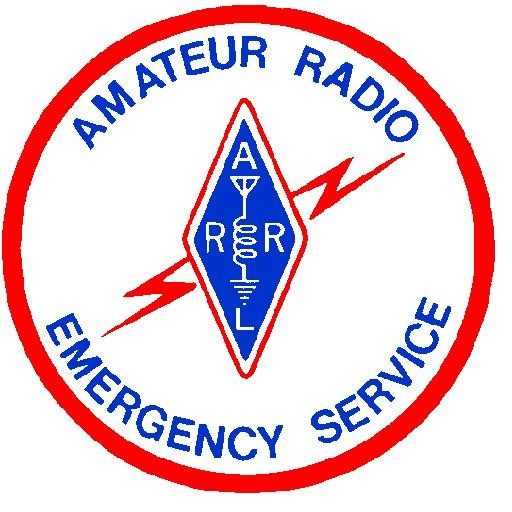Uncategorized
ARES E-Letter October 2025
The latest ARES E-Letter has been posted
In this edition:
- ARES® Briefs, Links
- Illinois Club, ARES Members, Participate in Civil Assistance Plan Communications Exercise
- Working Together: MERT’s Commitment to Be Ready
- SKYWARN® Recognition Day On the Horizon
- Common Operating Picture at the 2025 Medtronic Twin Cities Marathon
- Notes from the Field: Ham Radio Classes are Outreach Opportunities
- ARES® Resources
- Support ARES®: Join ARRL
D3 ARES Net training 31 August 2022
N8QHV’s 31 August training concerned Disaster Ready: Ways to Stay Calm in an Emergency
Ohio ARES VHF Simplex Contest Helps Operators Plot Coverage Areas
From the 19 January 2022 edition of the ARES E-Letter:
Ever wonder how far you can reach on VHF/UHF frequencies? On January 8, from 10 AM to 4 PM, Ohio ARES members answered that question. It was the ARES Ohio VHF plus Simplex Contest, with all amateurs having been invited. Bands used were 6 meters, 2 meters, and 70 cm. Entry categories were Fixed, EOC, and Rover. Bonus points were given out by ARES officers (AEC, OES, EC and above). Complete rules, submission forms, and other pieces of information were promulgated. Participants entered their operating plans on the website. W8SGT was in operation from the Ohio state EOC this year. It’s a contest with a purpose: ARES and other operators plot their simplex coverage area to know where they could dependably communicate on simplex during an emergency.
Results
Stan Broadway, N8BHL, Ohio Section Emergency Coordinator, reported on the results: Forty-eight logs were submitted, including five from the Rover stations. On average, eight counties were contacted by each station, with two reporting 18 counties worked, one Rover reporting 22 counties worked, and one fixed station reporting a whopping 34 counties contacted. Thirteen stations reported contacting double-digit counts of counties.
Joe Wigal, W8JTW, was heard across the state – he operated from the N8OJ tower site in Washington County with a 2 meter antenna height of 190 feet, and 280 watts of RF output. He also worked the 6 meter antenna with a height of 150 feet and 100 watts. Wigal worked 27 Ohio counties and seven in West Virginia for a total of 34 counties. He worked eight of the 10 Ohio ARES Districts, and five of the 10 West Virginia ARES Districts. His furthest contact was 163 air miles on 2 meter FM. He said, “Was fun, looking forward to next year.”
Soapbox
“I was operating fixed and it was fun to follow the Rovers to various counties. I made contacts with Rovers in six counties.” “First time participant. Nice way to spend a Saturday afternoon monitoring 2m, 6m, and giving points to the Rovers and fixed stations I could hear and get back to.” “Great participation in northwest Ohio. Worked five Rovers! Furthest contact was 107 miles on 6 meter FM. Had a great time, lots of really good operators in our area!” “It was lots of fun, taught me a lot about my equipment, working through pileups and propagation challenges, making new friends and connecting with old ones and more.” “I operated as a Rover in Mahoning, Trumbull, Portage, and Summit counties. Another excellent event this year, thanks to all who helped organize and participate!”
